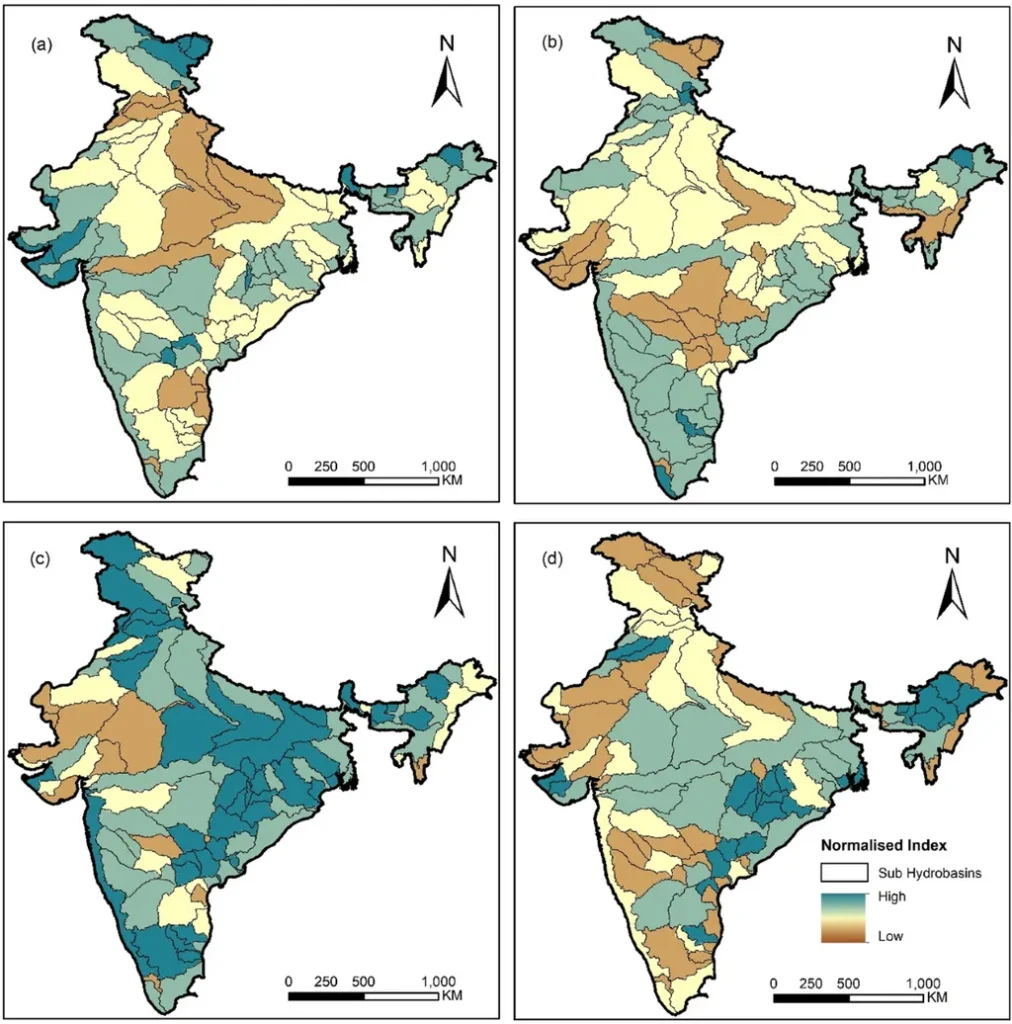In the heart of India, where the monsoons dictate the rhythm of life, a groundbreaking study led by Shalwee from the Amity Institute of Environmental Sciences (AIES), Amity University Uttar Pradesh, is reshaping how we understand and combat drought vulnerability. Published in ‘Discover Applied Sciences’ (translated as ‘Anviksiki Vigyan’ in English), this research is not just an academic exercise; it’s a beacon for policymakers, resource managers, and the energy sector, offering a roadmap to navigate the complex web of drought impacts.
Droughts are not just about lack of rain; they are a multifaceted challenge, intertwining environmental, social, and economic factors. Shalwee’s study zooms in on the Ranchi district in Jharkhand, a region grappling with the harsh realities of drought. By integrating multi-criteria decision-making (MCDM) approaches with geospatial artificial intelligence (Geo-AI), the research paints a detailed picture of drought vulnerability, going beyond traditional methods.
The study identifies key parameters influencing drought vulnerability, from hydrological conditions to socio-economic factors. “We conducted an expert survey to weigh these parameters according to different drought types,” Shalwee explains. This meticulous approach allows for a high-resolution, accurate assessment of drought vulnerability, crucial for resource management and mitigation planning.
The findings are eye-opening. The final drought vulnerability map reveals that 15% of the district is under severe drought conditions, while 71% is moderately affected. Hydrological drought emerges as the primary culprit, underscoring the urgent need to bolster the district’s hydrological reservoirs.
But the implications stretch far beyond Ranchi. This research is a game-changer for the energy sector, particularly in drought-prone regions. Accurate drought vulnerability assessments can inform water resource management, ensuring a stable supply for energy production. Moreover, by anticipating drought impacts, energy providers can plan ahead, mitigating potential disruptions and maintaining grid stability.
Shalwee’s work also paves the way for future developments in the field. Geo-AI techniques, including machine learning and deep learning algorithms, hold the key to analyzing complex spatial and temporal patterns in drought-affected regions. “AI-driven decision-making frameworks can provide valuable insights for policymakers and resource managers,” Shalwee notes, highlighting the transformative potential of these technologies.
As climate change intensifies, droughts are expected to become more frequent and severe. This research offers a proactive approach, enabling us to stay one step ahead. By integrating environmental, social, and economic factors, it provides a comprehensive framework for accurate drought vulnerability mapping, vital for sustainable water resource management and resilience-building efforts.
In the face of a changing climate, Shalwee’s study is a testament to the power of innovative research. It’s not just about understanding the problem; it’s about finding solutions, driving change, and securing a sustainable future. As we grapple with the realities of climate change, this research serves as a guiding light, illuminating the path towards resilience and sustainability.

